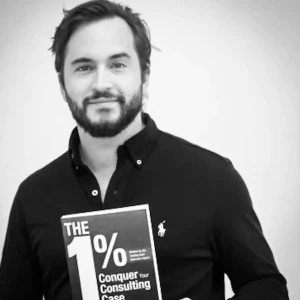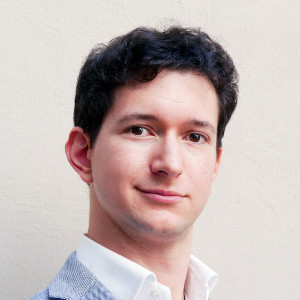Hello, I have the following questions for a McK led case:
1. Typically, the McK case has one question after the other that the interviewer asks. Knowing this, should I still be proactive and drive the case (like in a candidate led case) and say what the next steps I would do although I know that the interviewer does not let me do the next steps but asks me the next question?
2. Should I ask for time each time the interviewer asks a new question. Example, I solved a question. Then the interview asks the next question of the case. Should I again take time and structure my thoughts like in the previous question? Should I do that for all questions that an interviewer asks during the McK interview led style?
3. Not directly connnected to the McK case but: I normally share the formula before I execute a calculation so that the interviewer and I are aligned. After that, I say "ok I will now calclulate the result and come back to you with the result and the steps I took to calcualte the result. It will be quiet for a moment but I will be right back." So what I do is I essentially calucalate the result without calculating aloud. Is this ok or should I change this and walking the interviewer through the numbers when I have the end result?
Thanks for helping











